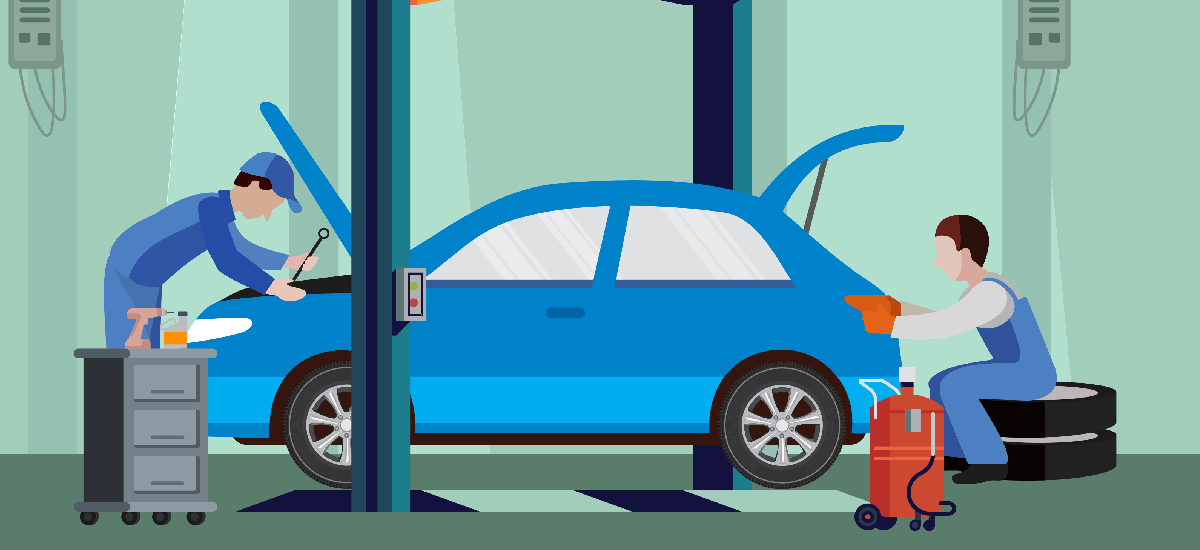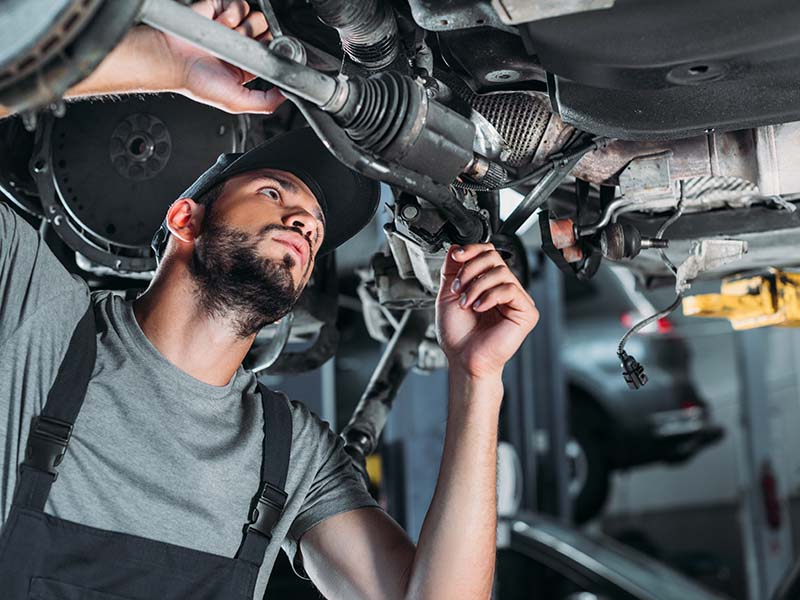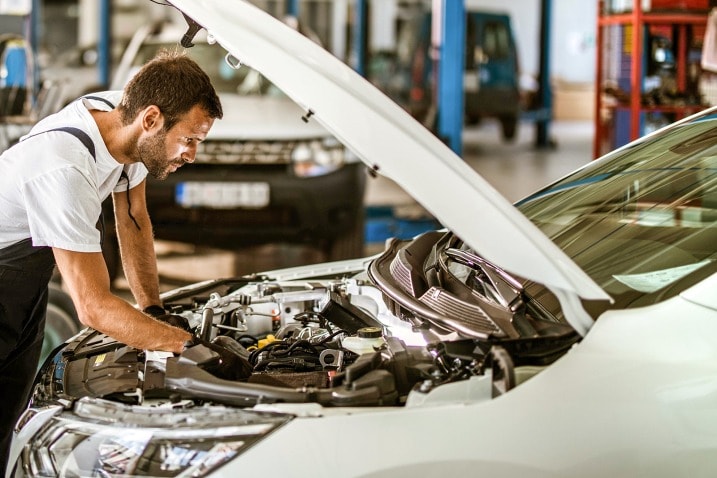All Categories
Featured

When it concerns lorry repairs, among one of the most significant decisions you'll face is whether to choose Original Devices Producer (OEM) parts or aftermarket components. Both choices use special benefits, but they additionally feature some trade-offs. Understanding the differences between these 2 types of components can aid you make a more informed decision, ensuring your lorry continues to be in top shape while fitting within your budget. Listed below, we explore the advantages and factors to consider of both OEM and aftermarket components to assist you pick the right choice for your following automobile repair work.

What Are OEM Parts? OEM components are made by the very same firm that manufactured the components in your vehicle when it was very first built. They are designed especially for your make and model, ensuring excellent compatibility and high-grade performance. Because OEM components are the exact same ones used in the initial assembly of your automobile, they tend to meet the exact same high standards set by the manufacturer.
One of the main advantages of selecting OEM components is the assurance of high quality and reliability. If your vehicle is still under service warranty, using OEM parts for repair work can aid ensure that your guarantee stays valid.

What Are Aftermarket Components? Aftermarket components, on the other hand, are generated by third-party manufacturers who may not be straight connected with the car's initial supplier. These parts are made to fit a range of vehicles and are frequently cheaper than OEM parts. While several aftermarket components are of excellent quality, they can differ dramatically between makers.
Since these components are mass-produced and do not have the same overhead prices as OEM components, they are generally priced reduced. Furthermore, aftermarket components can use enhanced performance or aesthetic improvements over OEM parts.
Benefits of OEM Parts. Surefire Fit and Top quality: OEM components are developed to satisfy the specific requirements of your car, ensuring a best fit and maintaining the efficiency criteria that the manufacturer meant. Guarantee: Numerous OEM components include a guarantee, offering satisfaction in instance the component is faulty or falls short too soon. Resale Value: If you plan on marketing your automobile, utilizing OEM components can help maintain its resale worth considering that potential purchasers often search for vehicles that have actually been repaired with original components. Vehicle Stability: Utilizing OEM components assists guarantee that your car remains to do as meant by the supplier, keeping it in optimum problem. Benefits of Aftermarket Parts. Lower Cost: Aftermarket parts are typically more economical, which can be a significant consideration if you're on a budget or looking to save cash on repairs. Variety and Modification: Aftermarket parts supply a wide array of alternatives, specifically for efficiency upgrades or aesthetic changes, enabling you to individualize your automobile or enhance its performance. Wide Accessibility: Aftermarket components are usually much easier to find than OEM components, especially for older vehicles or hard-to-find elements. Efficiency Enhancements: In many cases, aftermarket components are made to supply premium performance, such as better brakes or higher-flow air filters that boost horse power. Drawbacks of OEM Components. Greater Cost: OEM parts often tend to be extra pricey than aftermarket alternatives, which might be a drawback for vehicle proprietors on a limited budget. Minimal Options for Customization: OEM components are made to replace the original elements without enhancements, so they may not supply performance upgrades or aesthetic adjustments. Availability: Relying on the make and version of your lorry, OEM components can sometimes be challenging to locate, especially if your cars and truck is older or has been stopped. Disadvantages of Aftermarket Parts. Irregular Quality: The top quality of aftermarket parts can vary considerably in between manufacturers. While some are made with high-grade products, others may be less durable or inadequately constructed, which can cause faster wear and tear. Prospective Fitment Issues: Aftermarket parts might not always fit your automobile as precisely as OEM parts, causing feasible compatibility concerns or extra job throughout installation. Service Warranty Concerns: Using aftermarket components might nullify your manufacturer's guarantee or cause problems if a failing occurs that belongs to the aftermarket component. Exactly how to Decide Between OEM and Aftermarket Components. Selecting between OEM and aftermarket components relies on numerous elements, including your budget plan, the age and condition of your automobile, and your details repair requirements.
Spending plan: If price is your primary concern, aftermarket parts are typically the extra budget-friendly choice. It's crucial to consider the long-term value of your choice. If you select a cheaper aftermarket component that does not carry out well or needs constant replacements, you might wind up spending a lot more in the long run. Lorry Age and Problem: For newer automobiles still under service warranty or those in exceptional condition, OEM parts are typically suggested to maintain the auto's integrity and ensure it remains to operate as meant. For older vehicles, aftermarket components may supply a more budget-friendly remedy without endangering performance. Repair service Type: Some repair services, specifically safety-related components like air bags or brake systems, are best taken care of with OEM components to ensure ideal safety and dependability. For non-essential fixings or efficiency upgrades, aftermarket parts might use an excellent equilibrium in between cost and efficiency. Conclusion. The choice between OEM and aftermarket components depends upon your particular demands, preferences, and budget plan. While OEM parts provide assured high quality and dependability, aftermarket parts give cost financial savings and the possibility for efficiency enhancements or modification. By meticulously thinking about elements like the nature of the fixing, the age of your car, and your economic circumstance, you can make an enlightened option that guarantees your lorry remains in leading condition without breaking the financial institution. Constantly talk to a relied on technician to figure out the most effective choice for your repair work requires.
Latest Posts
Check Out Brake Repair & More: Comprehensive Auto Care Solutions from Montclare Auto Repair
Published May 28, 25
1 min read
Unlock WyHy Federal Credit Union – Wyoming’s Best Banking Choice for Your Money Goals
Published May 26, 25
1 min read
Join Your Financial Partner at WyHy – Top Benefits for Your Goals
Published May 25, 25
1 min read
More
Latest Posts
Check Out Brake Repair & More: Comprehensive Auto Care Solutions from Montclare Auto Repair
Published May 28, 25
1 min read
Unlock WyHy Federal Credit Union – Wyoming’s Best Banking Choice for Your Money Goals
Published May 26, 25
1 min read
Join Your Financial Partner at WyHy – Top Benefits for Your Goals
Published May 25, 25
1 min read